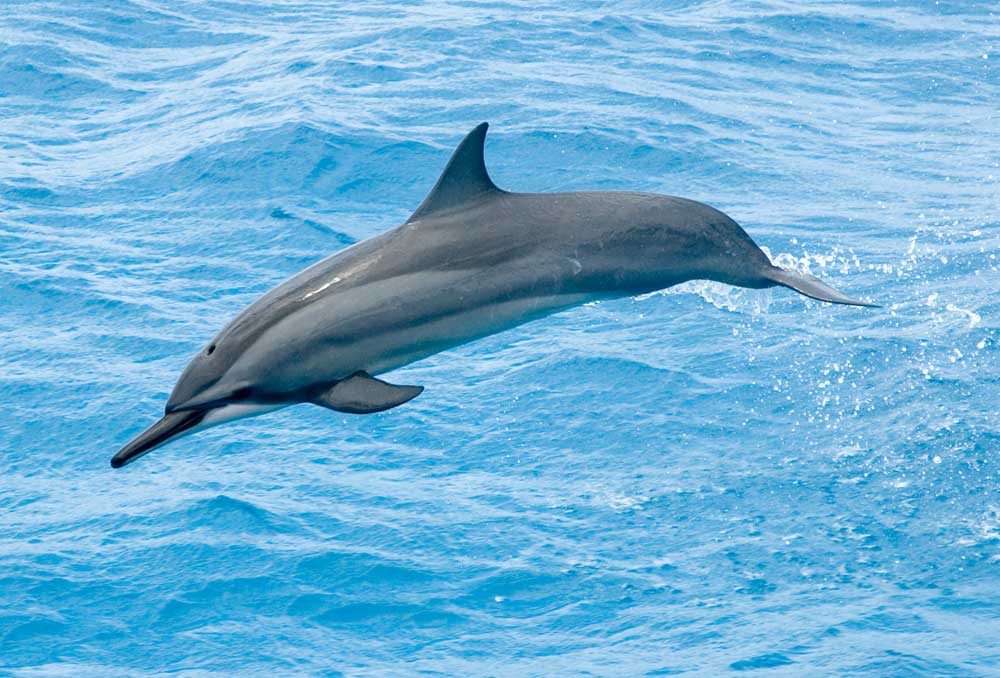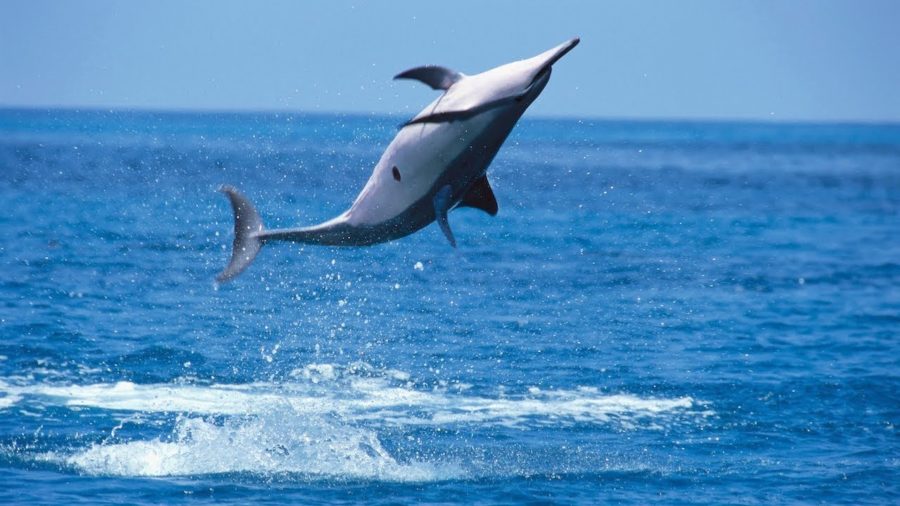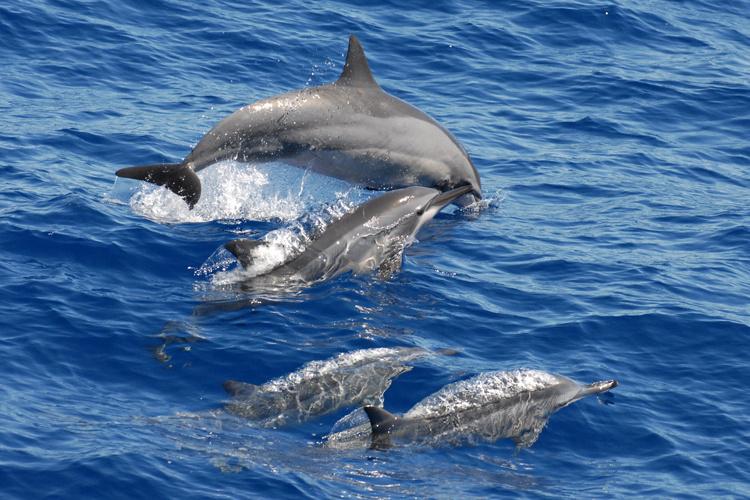Dancing Wonders of the Sea: The Enchanting Spinner Dolphins

In the azure waters of tropical and subtropical oceans, a ballet of grace and joy unfolds as spinner dolphins (Stenella longirostris) pirouette through the waves. These charismatic marine mammals, renowned for their acrobatic displays and playful antics, capture the hearts of all who encounter them. Let us dive into the mesmerizing world of spinner dolphins and uncover the enchantment they bring to the seas.

Spinner dolphins are easily recognized by their slender bodies, long beaks, and a distinct tri-color pattern that adorns their sides. The name “spinner” is derived from their remarkable behavior of leaping out of the water and spinning multiple times before re-entering—an exuberant display that has made them a symbol of the ocean’s vitality.

One of the most captivating aspects of spinner dolphins is their aerial prowess. In groups, or pods, these dolphins exhibit breathtaking displays of jumps, flips, and spins, often reaching heights of several feet above the water’s surface. This behavior is believed to serve various purposes, including communication, social bonding, and possibly even as a means to shake off parasites.

Spinner dolphins are highly social beings, forming cohesive pods that can number in the hundreds. These pods exhibit strong social bonds, engaging in activities such as cooperative hunting and caring for their young. Their communication is sophisticated, involving a repertoire of clicks, whistles, and body movements that facilitate coordination within the group.

Spinner dolphins are found in warm tropical and subtropical waters around the globe. They favor offshore habitats, where they feed on small fish and squid during the night and rest and socialize in sheltered coastal areas during the day. The Pacific, Indian, and Atlantic Oceans are home to various populations of these captivating marine mammals.
While spinner dolphins are not currently classified as endangered, they face threats from human activities. Disturbances caused by boat traffic, habitat degradation, and entanglement in fishing gear can disrupt their natural behaviors and impact their populations. Responsible ecotourism practices and marine conservation efforts are crucial to ensuring the well-being of spinner dolphins and their ecosystems.

n many cultures, spinner dolphins hold cultural significance and are considered symbols of joy, intelligence, and protection. Their presence in folklore and traditions highlights the deep connection between humans and these enchanting marine creatures.
Conservation organizations and marine biologists are actively engaged in studying and protecting spinner dolphins. Research on their behavior, migration patterns, and communication helps inform conservation strategies. Efforts to establish marine protected areas and regulate human activities in spinner dolphin habitats aim to create a balance between human needs and the well-being of these marine wonders.
Spinner dolphins, with their dazzling displays and social complexity, enrich the oceans with their presence. As stewards of the seas, it is our responsibility to appreciate and protect these enchanting marine mammals. Through sustainable practices, conservation efforts, and a shared commitment to the health of our oceans, we can ensure that spinner dolphins continue to dance gracefully through the waves, bringing joy and wonder to all who are fortunate enough to witness their aquatic ballet.



